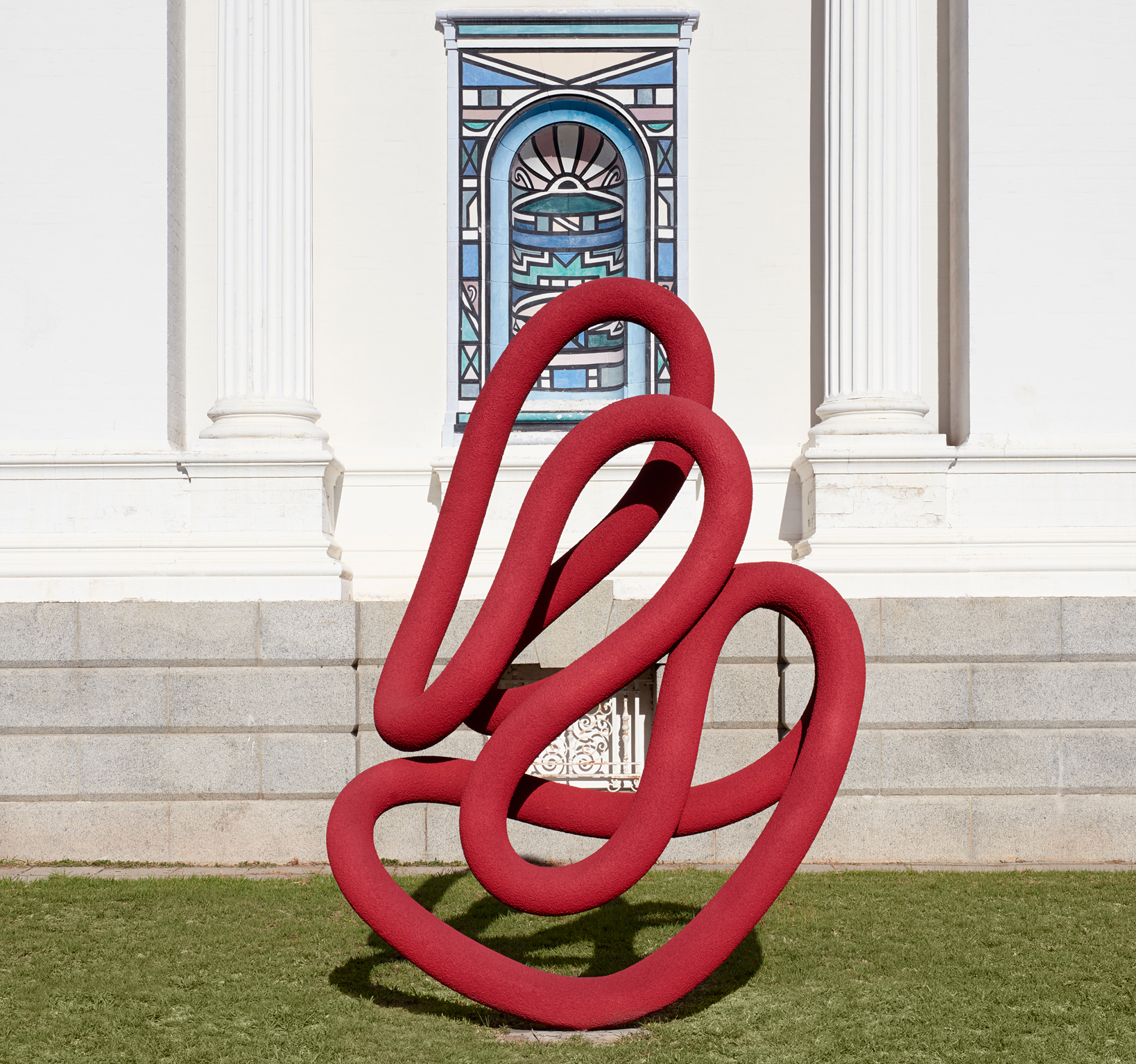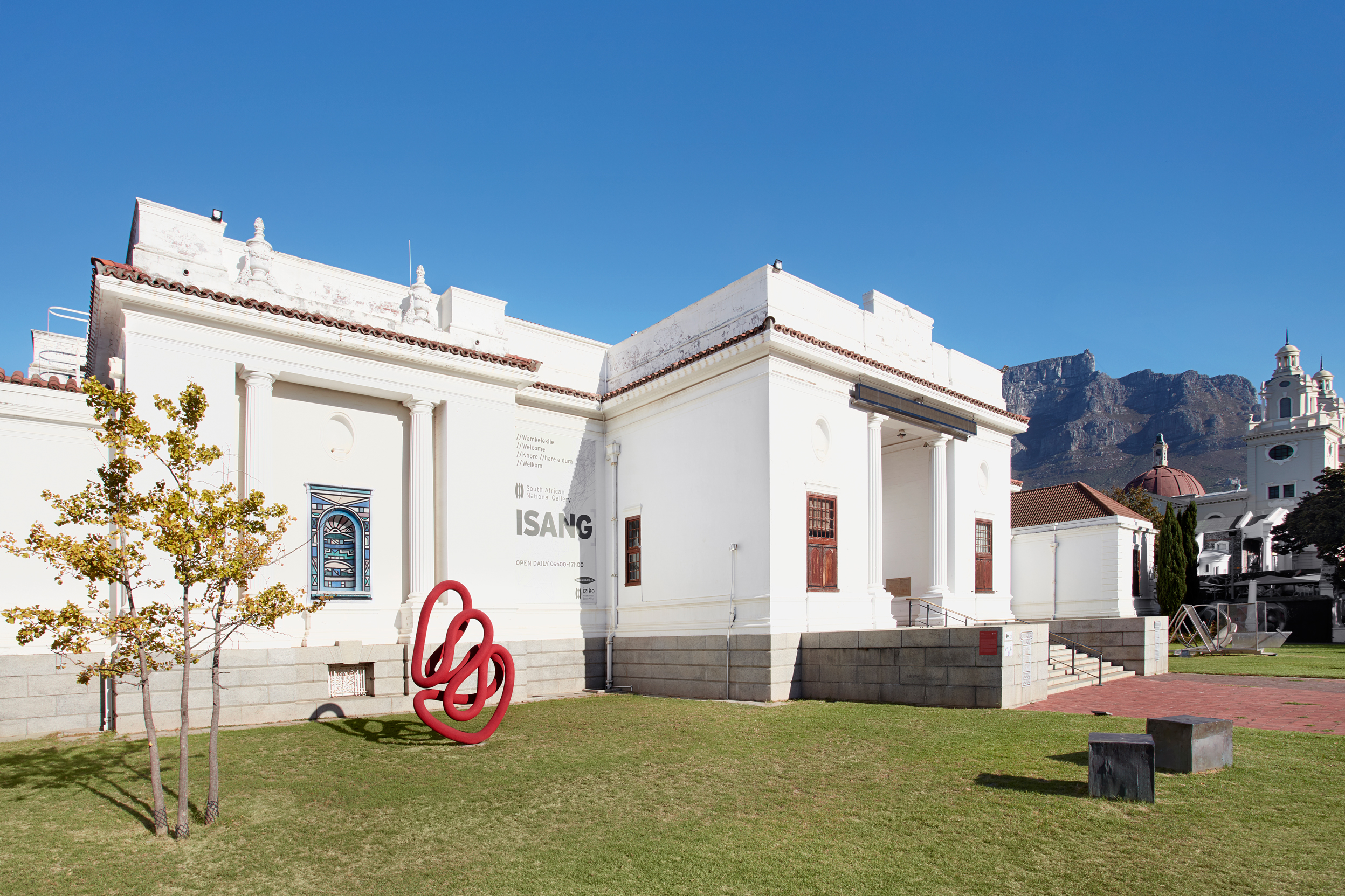︎ Public Sculpture


Red Edge (Ouroboros 1.3.1)
2020
Carbon fibre, fibreglass, resin, epoxy, polyethelene foam, quartz crystals, pigment.
311 x 183 x 98cm
Public sculpture installed at the Iziko South African National Gallery.
This sculptural work is the culmination of three years of vigorous material exploration and prototyping using advanced composite materials, such as carbon fibre together with innovative technologies such as 3D design and 3D printing. Such materials are generally used in automotive, marine and aeronautical industries, rendering them non-traditional within the conventions of fine arts. Carbon fibre is a product of recent advances in material technology and when combined with a plastic resin, it becomes eleven times stronger than steel.
The iconic serpentine shapes within Brits’ sculptures are rooted in his family background as his grandfather was a prominent South African snake catcher and reptile expert. Without a starting or finishing point, and appearing arterial in spite of their solidity, the forms seem to writhe and flow in constant movement. The effect is a sense of the wild and methodical working in harmony and unison - a kinetic energy feeding itself.
2020
Carbon fibre, fibreglass, resin, epoxy, polyethelene foam, quartz crystals, pigment.
311 x 183 x 98cm
Public sculpture installed at the Iziko South African National Gallery.
This sculptural work is the culmination of three years of vigorous material exploration and prototyping using advanced composite materials, such as carbon fibre together with innovative technologies such as 3D design and 3D printing. Such materials are generally used in automotive, marine and aeronautical industries, rendering them non-traditional within the conventions of fine arts. Carbon fibre is a product of recent advances in material technology and when combined with a plastic resin, it becomes eleven times stronger than steel.
The iconic serpentine shapes within Brits’ sculptures are rooted in his family background as his grandfather was a prominent South African snake catcher and reptile expert. Without a starting or finishing point, and appearing arterial in spite of their solidity, the forms seem to writhe and flow in constant movement. The effect is a sense of the wild and methodical working in harmony and unison - a kinetic energy feeding itself.


